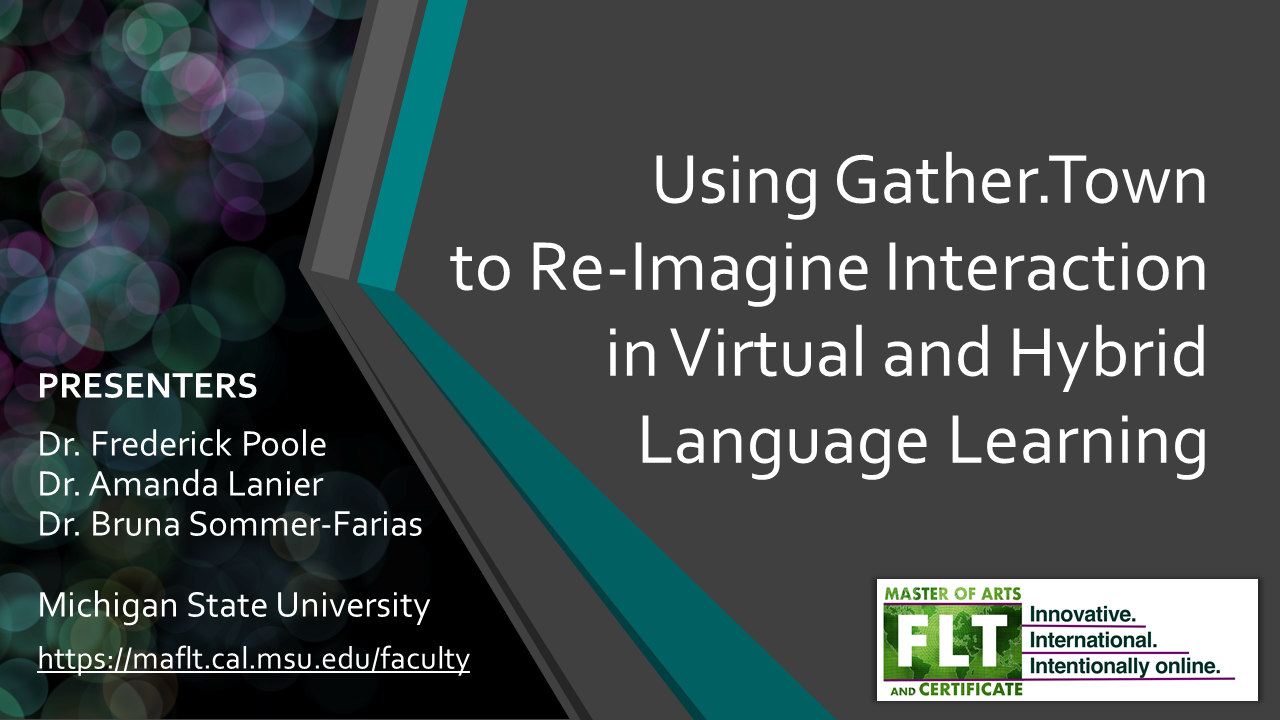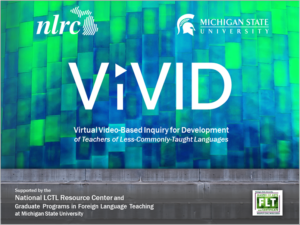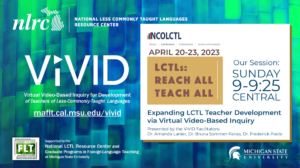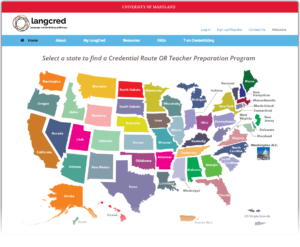Using Gather.Town to re-imagine interaction in virtual and hybrid language learning
MWALLT.org | Mid-West Association for Language Learning & Technology | February 5, 2022
Gather.Town
Open the App
Virtual Interaction FLT
Important tips: Use a computer, not tablet or phone, and Mozilla and Chrome work best for the browser.
About the Presenters | maflt.cal.msu.edu/faculty
Frederick
Poole
Amanda
Lanier
Bruna
Sommer-Farias
How do we use Gather.Town in the MAFLT Program?
Sharing materials and meeting with attendees.
Round table and social times in our own virtual conference.
Presentation Abstract
Online and hybrid modalities challenge instructors accustomed to engaging learners in face-to-face environments. Forming groups, mingling from peer to peer, brainstorming on a whiteboard, and other familiar classroom activities are either impossible in virtual meetings or require extensive planning and instructor control. Spatial chat platforms like Gather.Town, however, support live video and text chat while simulating movement in space. Unlike other platforms, Gather.Town allows teachers to create shared, persistent digital spaces by customizing floor plans, inserting items, and embedding materials and tools. Also, areas and avatars in Gather have an appealing pixelated aesthetic reminiscent of classic digital games. These affordances enable us to reclaim many of our favorite practices, thus facilitating interpersonal communication, enhancing collaboration, and fostering autonomy. In this presentation, we will invite participants into Gather spaces to show how language teachers can use them for learner-centered and proficiency-based instruction. First, lessons designed to leverage the spatial environment can free the students to explore the digital space, group themselves, and complete tasks together. Second, pedagogically infused Gather spaces make collaborating in the digital environments, whether online or in-person, more meaningful and engaging. Finally, sharing a persistent Gather space gives students a “common ground” for assignments and social gatherings between class meetings. We will demonstrate activities and techniques that work in spatial chat and physical classrooms, provide recommendations for selecting and populating Gather spaces, and encourage participants to re-envision the use of digital spaces for online, hybrid, and face-to-face language teaching.





